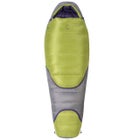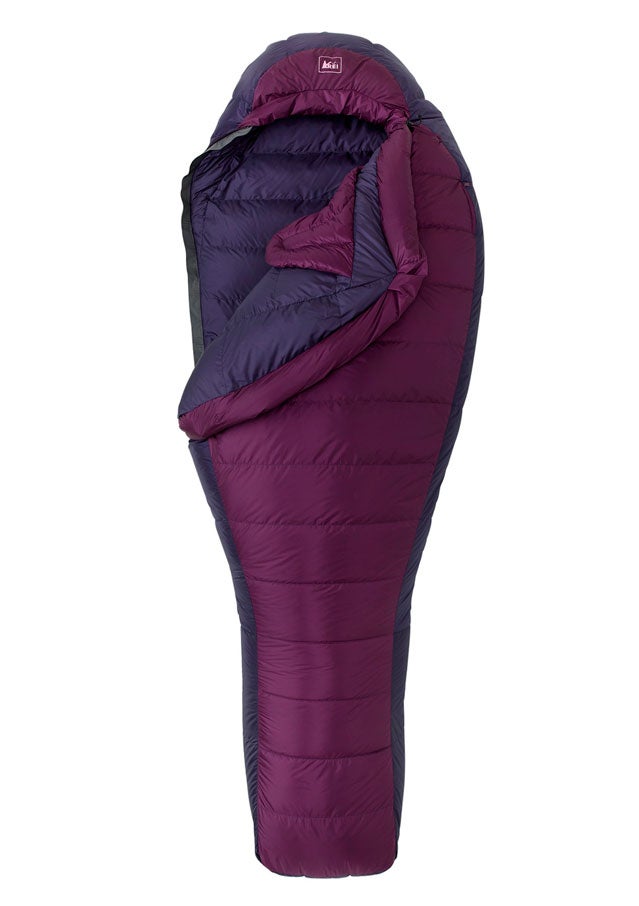The short answer is yes, and the reasons are getting better and better. Sleeping-bag makers have finally figured out that women sleep colder than men and have different anatomies. Women’s bags are now built to reflect those differences, with narrower shoulders, wider hips, and extra insulation in the upper body and foot box.
Sierra Designs Hot Toddie
 Sierra Designs Hot Toddie
Sierra Designs Hot ToddieEven more important, manufacturers are increasingly using a rating system called that was created in Europe in 2005 and was designed to standardize temperature ratings across brands on three-season, hooded sleeping bags. The system has been slow to catch on in the United States, but some companies, including REI, Marmot, and Sierra Designs, now give all their bags an EN rating.
Traditionally, sleeping bags were tested by manufacturers themselves and assigned a rating based on the lowest temperature in which an adult man could remain warm. Under the EN system, bags are tested in independent, third-party labs using a standard-size thermal mannequin wearing one base layer and a hat. EN tests create four ratings, two that a specific for men and two for women. The women’s tests use a mannequin that is built to approximate a 25-year-old, 5’2”, 132-pound woman.
There are two relevant numbers for women: The first is the Comfort rating, or the lowest air temperature at which the bag will allow a woman to sleep without feeling cold. The second is the extreme rating, which represents the minimum temperature at which a standard woman could survive in the bag for six hours without dying from hypothermia. In the old era, the following three bags would’ve likely held the the same rating. Today, they’re slightly different, allowing you to fine-tune your sleeping choices. And if you’re thinking about investing in a new bag, you can be sure that these three will keep you warm when they’re supposed to—there’s no guess work.
‘s three-pound, one-ounce Hot Toddie, which is new for 2012 and will retail for $299, uses the company’s signature “Core Comfort Technology,” meaning it gets some of that extra insulation in the toe box and upper body. The EN Comfort rating for this silky, 600-fill down bag is 22°F, with an Extreme rating of -27°F. I brought it along on a mid-September trip to Utah’s Canyonlands, and the rating seemed right on.
Marmot’s two-pound, nine-ounce ($389) comes with 850-fill goose-down, a full zipper, a six-chamber down hood, and an insulated draft tube. It has an EN Comfort rating of 27.7°F and an EN Extreme rating of -16.6°F. For most women, the sweet spot with this bag will be just below freezing.
is slated to unveil their brand-new Joule bag this spring for $339. It’s an ultralight, two-pound, two-ounce, 800-fill down bag and has nearly the same specs as the Helium, with an EN Comfort rating of 21.9°F and an extreme rating of -25.4°F.
Each of these bags expand the limits of three-season camping. You won’t want to push your luck in northern Minnesota in January, but they’ll keep you toasty and safe on most expeditions between early spring and late fall.
—Stephanie Pearson


